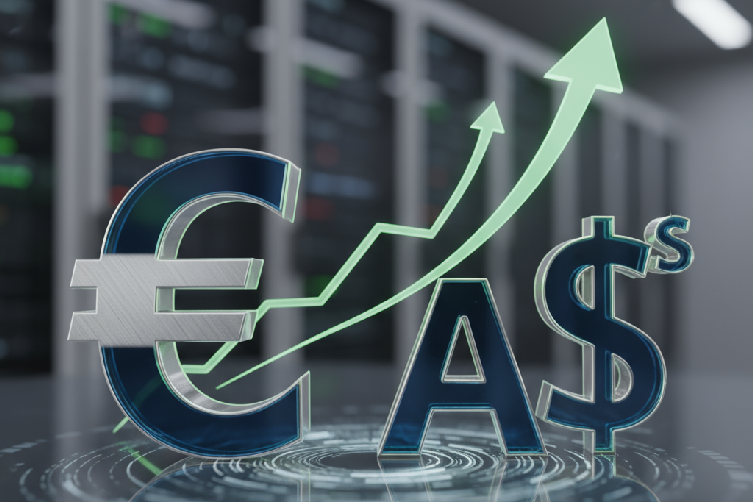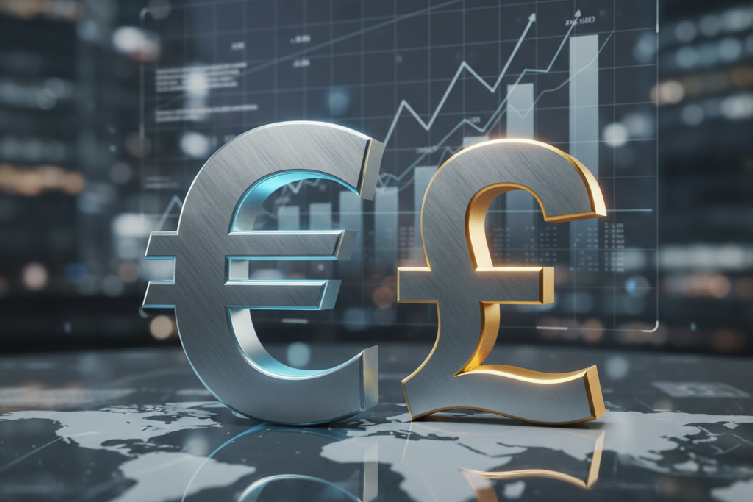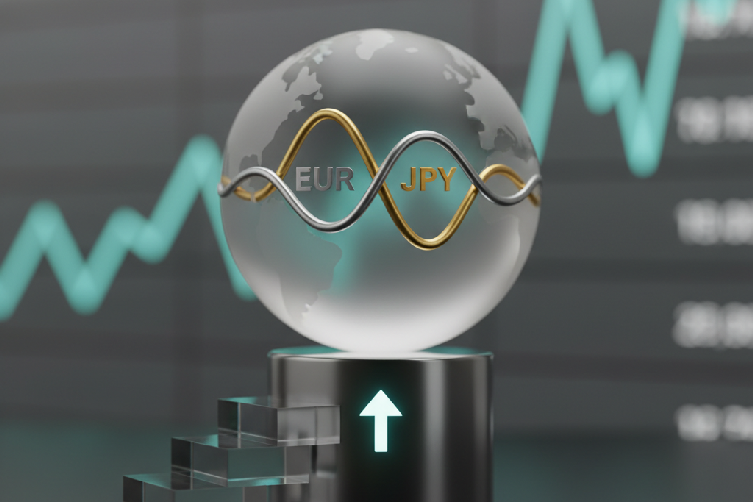A Trader’s Guide to the EUR/AUD Forex Pair

Ready to tap into the forex market’s potential by mastering a currency pair that connects two powerful economies? Whether you’re a seasoned trader looking to diversify or a newcomer seeking new opportunities, understanding the EUR/AUD pair is a crucial step.
This guide breaks down what EUR/AUD represents, its role in the forex market, and the strategies you can use to trade it effectively. By working with a regulated forex broker, you gain the tools and insights needed to navigate forex trading with more confidence. Let’s explore the EUR/AUD and unlock its trading potential.
What is EUR/AUD in Forex?
The EUR/AUD is a major currency pair that shows the exchange rate between the Euro (EUR) and the Australian Dollar (AUD). In forex, the quote tells you how much of the second currency (AUD) is needed to buy one unit of the first (EUR). For example, a quote of EUR/AUD at 1.6000 means 1 Euro is worth 1.6000 Australian Dollars.
Understanding this pair is key for traders wanting to capitalize on the economic relationship between the Eurozone and Australia. The pair’s value is moved by many factors, including economic data, interest rates, commodity prices, and geopolitical events. Mastering these drivers can lead to more informed trading decisions and better performance.
The Importance of EUR/AUD
The EUR/AUD pair is significant because it involves two major economic players. The Eurozone includes some of the world’s largest economies, while Australia is a heavyweight in commodities and global trade. This combination creates a dynamic trading environment filled with opportunity.

For traders, EUR/AUD offers a unique mix of stability and volatility. The Euro, one of the most traded currencies, provides liquidity and often follows predictable trends. The Australian Dollar, however, is more sensitive to commodity price shifts and regional economic changes, which introduces volatility that can be used for potential gains.
Understanding this interplay is vital for building effective trading strategies for this pair. Furthermore, EUR/AUD often moves with global economic trends, acting as a reflection of broader market sentiment. It can be a great indicator for gauging the health of both the European and Australian economies and overall investor confidence.
Key Factors Influencing EUR/AUD
Certain economic indicators are essential for evaluating the health of an economy, and they directly influence the EUR/AUD exchange rate. Traders use this data to predict future movements.
Here are some of the most critical factors to watch:
- Gross Domestic Product (GDP): GDP shows the economic output of a region. Strong GDP growth in the Eurozone tends to strengthen the Euro, while positive GDP numbers from Australia can boost the AUD. Monitoring these reports helps you gauge economic momentum.
- Employment Data: Job creation and employment rates are powerful indicators of economic stability. High employment suggests a healthy economy, which can strengthen its currency. Conversely, rising unemployment often signals economic trouble and can weaken a currency.
- Inflation Rates: Inflation affects central bank policy, especially interest rates. High inflation may lead a central bank to raise rates to cool down the economy, which in turn strengthens the currency. Watching inflation trends helps you anticipate these changes.
- Retail Sales: This data reveals consumer spending habits, a primary driver of economic growth. Strong retail sales suggest high consumer confidence, which can positively affect both the Euro and the Australian Dollar.
- Trade Balance: Measuring the difference between a country’s exports and imports, the trade balance directly affects its currency value. A surplus (more exports than imports) is typically bullish for a currency, as it indicates strong foreign demand for the country’s goods.
By closely monitoring these economic factors for both the Eurozone and Australia, you can develop a clearer picture of the forces driving the EUR/AUD. This knowledge empowers you to build more robust strategies and make well-timed trading decisions.



